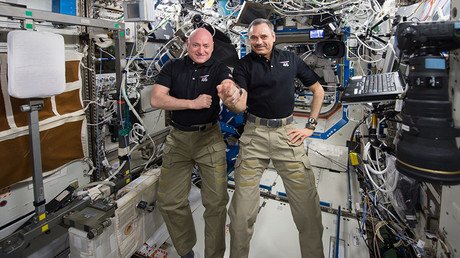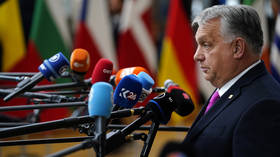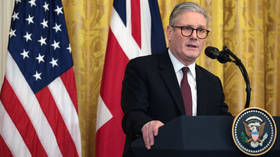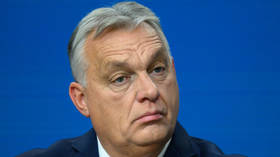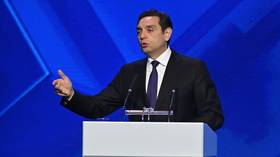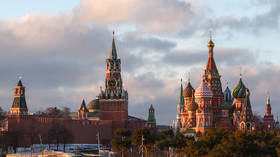NASA’s Kelly twins study could prove vital for sending astronauts to Mars

Although NASA astronaut Scott Kelly measured two inches taller when he arrived back on Earth this week than when he left, such growth was predicted. Now Kelly and his identical twin are taking part in a study which may reveal completely unexpected changes.
Kelly spent 342 days on the International Space Station (ISS), in order to help scientists determine the effects of long-term spaceflight on the human body.
The NASA spaceman was a perfect candidate for the mission, due to being an identical twin. His brother, retired astronaut Mark Kelly, is being used as a “control” in the study.
At @NASA_Johnson for Twins Study tests. Now that @StationCDRKelly's back, they locked me up like Hannibal Lecter! pic.twitter.com/3yC2hmUrBr
— Mark Kelly (@ShuttleCDRKelly) March 3, 2016
"If something happens after Scott departs, increases during his trip, and then goes back to normal after he comes back to Earth - if we don't see that kind of sequential change in his twin, well, it's not proof of anything, but it certainly suggests something interesting is going on,” Andrew Feinberg of Johns Hopkins Medical School told the Washington Post ahead of Kelly's launch last year.
However, he noted that not all changes to Scott Kelly's body will have necessarily been due to the spaceflight.
“This is a tiny sample size, so we're not really looking at how Scott and Mark are different during the year, exactly...it's not statistically valid to say that differences between them must be due to the spaceflight,” he said.
The study has been taking place all year, with Scott sending blood samples back to Earth, allowing scientists to study fresh, unfrozen cells just hours after they were drawn. Kelly's brother Mark has been providing blood samples too. The 52-year-old brothers have also been undergoing the same psychological and cognitive tests.
In total, there are 10 official experiments taking place as part of the study, which were selected from research proposals submitted by institutions across the US.
Six projects are looking at the way cellular behavior may change due to low gravity, high levels of radiation exposure and other environmental factors related to space. Those projects will also look at how aging, gene expression, and immune system function may be affected by longer stays in space.
Two studies are focusing on physiological changes experienced in space. One will attempt to determine whether plaque buildup in the arteries is accelerated during spaceflight, while another will look at how shifts in body fluid affect eyesight. Vision issues are a common complaint among astronauts.
“When you go up in space there’s no gravity, so all this fluid shifts upward towards the head and it causes a number of issues for astronauts,” said Brinda Rana, a molecular geneticist at UC San Diego who is involved in two of the 10 research projects, as quoted by the Los Angeles Times.
Just a couple of future @NASA astronauts from New Jersey! cc: @StationCDRKelly#TBT#ThrowbackThursdaypic.twitter.com/8llblhYsR5
— Mark Kelly (@ShuttleCDRKelly) March 4, 2016
Another study will focus on whether Kelly has experienced changes in perception, decision making, reasoning and alertness.
A final experiment will study how microbes inside the twins' stomachs have changed over the course of a year, in an effort to determine how bacterial colonies in space affect astronauts.
The research is aimed at determining both physiological and psychological effects which result from long stays in space. Scientists hope to tackle such issues before NASA sends astronauts on long-haul flights to Mars, which will likely take around nine months each way.
This unique study “is absolutely essential if we’re ever going to send people to Mars,” said John Holdren, director of the White House Office of Science and Technology Policy and President Obama’s senior science advisor.
NASA hopes to send astronauts to Mars by the 2030s.
